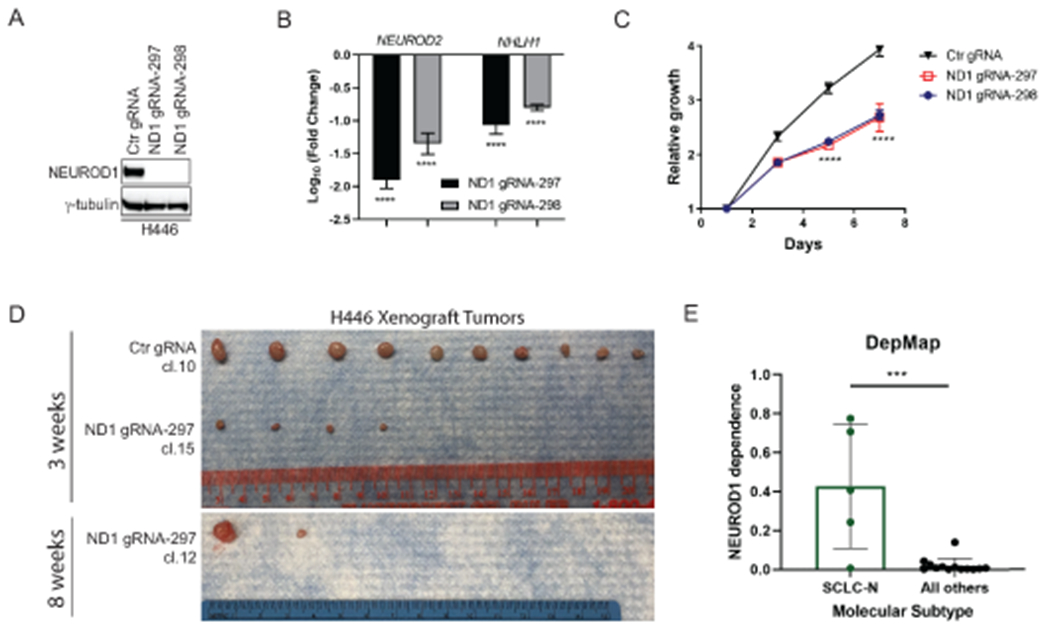Figure 1. NEUROD1 is critical for the growth and tumorigenicity of the SCLC-N cell lines.

A) Western blot shows a complete loss of NEUROD1 protein expression in two H446 NEUROD1-KO clones, with one representative clone from each gRNA (#297 cl. 15 and #298 cl. S3). B) Expression of two NEUROD1-target genes, NEUROD2 and NHLH1, in two H446 NEUROD1-KO clones. The gene expression was measured by qRT-PCR and plotted relative to control cells. C) The H446 NEUROD1-KO cells (#297 cl. 15 and #298 cl. S3) proliferated substantially slower than control cells. Cell numbers were indirectly measured using the CellTiter Glo 2.0 assay every other day and compared to day one. Error bar represents SD of 4 replicates. D) NEUROD1 KO impaired the tumorigenicity of H446 cells. Top, the xenografts formed three weeks after injection (1x106 H446 control or NEUROD1-KO cells, #297 cl. 15; n=10 injections per group). Bottom, xenografts formed eight weeks after injection (1x106 H446 NEUROD1-KO cells, #297 cl. 12; n=10 injections per group). E) NEUROD1 gene dependency in the SCLC-N versus other molecular subtypes of SCLC lines in the CRISPR dataset (Version 2020, Q2) of the Cancer Dependency Map (DepMap) project (RRID:SCR_017655). The significance of two-group comparisons was determined using the ANOVA test with Dunnett’s multiple test correction (B), the Student’s t-test with multiple test correction (C), or the Student’s t-test (E). ***, P < 0.001; ****, P < 0.0001. Ctr, Control; gRNA, guide RNA; ND1, NEUROD1.
